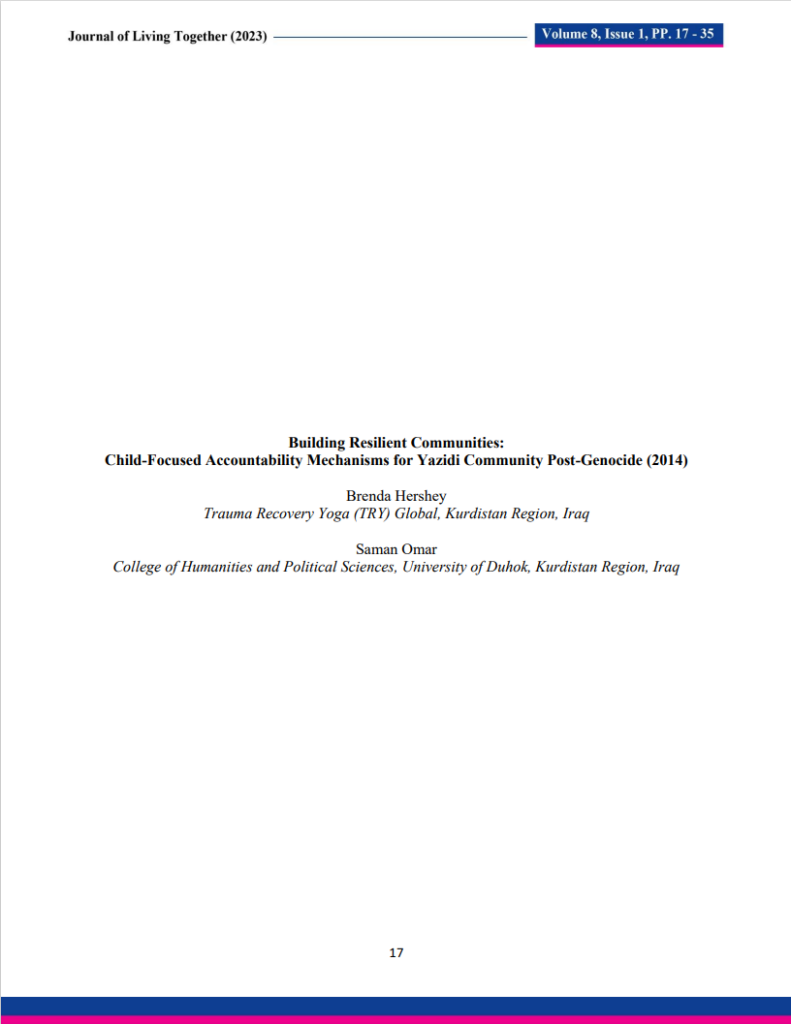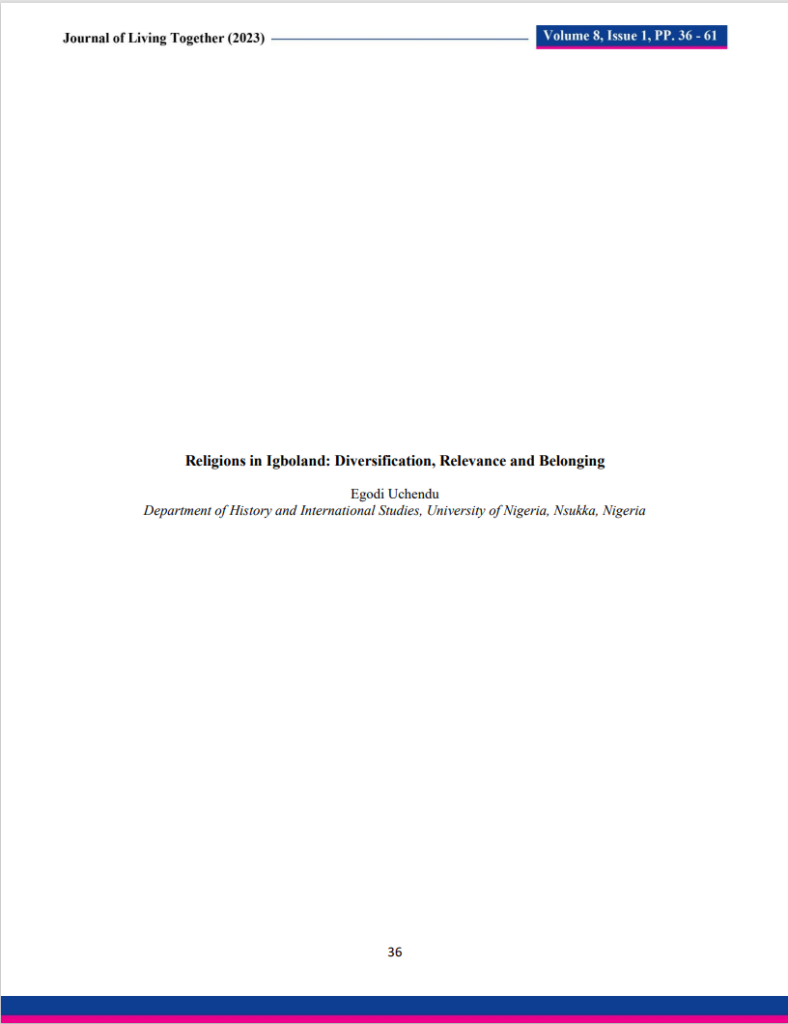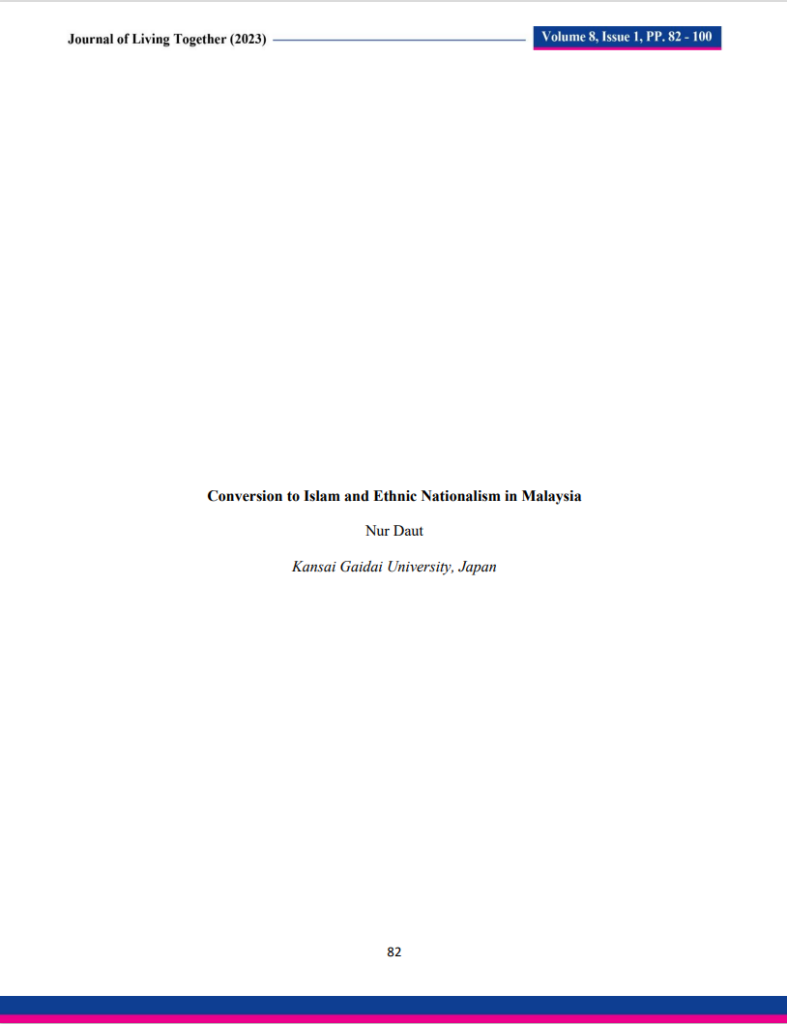The Newly-Discovered Documents on the Armenian Genocide
Armenian Genocide
Presentation on Exceptional Collection of Ottoman Documents of Matenadaran Regarding the Armenian Genocide by Vera Sahakyan, Ph.D. Student, Junior Researcher, ”Matenadaran” Mesrop Mashtots Institute of Ancient Manuscripts, Armenia, Yerevan.
Q&A session with Vera Sahakyan, Ph.D. Student, Junior Researcher, ”Matenadaran” Mesrop Mashtots Institute of Ancient Manuscripts, Armenia, Yerevan, and Yustina Trihoni Nalesti Dewi, Senior Lecturer, Head of the Center for Urban Studies, Soegijapranata Catholic University, Indonesia. Topics: Exceptional Collection of Ottoman Documents of Matenadaran Regarding the Armenian Genocide. The Right to Reparation Program for Victims of Conflict: A Case Study of Peace-building Efforts within Post-Conflict Ambon.
Distinguished lecture delivered on October 31, 2018 at the 5th Annual International Conference on Ethnic and Religious Conflict Resolution and Peacebuilding held by the International Center for Ethno-Religious Mediation at Queens College, City University of New York, in partnership with the Center for Ethnic, Racial & Religious Understanding (CERRU).
Abstract
The Armenian Genocide of 1915-16 orchestrated by the Ottoman Empire has been long discussed regardless of the fact that it is still unrecognized by the Republic of Turkey. Although a denial of genocide is a path to committing new crimes by other state and non-state actors, the proofs and evidence that exist regarding the Armenian Genocide are being undermined. This article aims to examine new documents and evidence to reinforce the claim to recognize the events of 1915-16 as an act of genocide. The study examined Ottoman documents that were kept at Matenadaran’s archives and have never been examined previously. One of them is a unique evidence of a direct order to deport Armenians from their shelters and settle the Turkish refugees into Armenian houses. In this regard, other documents have been concurrently examined, proving that the organized displacement of Ottoman Armenians was meant to be a deliberate and planned genocide.
Introduction
It is an undeniable fact and a recorded history that in 1915-16 the Armenian people living in the Ottoman Empire were subjected to genocide. If the current government of Turkey rejects the crime committed more than a century ago, it becomes an accessory to the crime. When a person or a state is not able to accept the crime they committed, more developed states need to intervene. These are the states that place high emphasis on the violations of human rights and their prevention becomes a guarantee for peace. What happened in 1915-1916 in the Ottoman Turkey should be labeled as a crime of genocide subject to criminal liability, since it is in line with all the articles of the Convention on the Prevention and Punishment of the Crime of Genocide. In fact, Raphael Lemkin drafted the definition of a term “genocide” considering crimes and violations committed by the Ottoman Turkey in 1915 (Auron, 2003, p. 9). Therefore, the mechanisms that promote the prevention of crimes committed against humanity, and their future occurrence as well as the peacebuilding processes must be achieved through condemnation of past crimes.
The subject of study of this research is an Ottoman official document comprising three pages (f.3). The document is written by the Turkish Ministry of Foreign Affairs and was sent to the second department responsible for abandoned property as a report containing information about a three-month deportation (from May 25 to August 12) (f.3). It includes information on the general orders, organization of the exile of Armenians, process of the deportations, and the roads through which the Armenians were deported. Moreover, it contains information regarding the aim of these actions, responsibilities of officials during the deportations, means that the Ottoman Empire used to organize the exploitation of Armenian property, as well as details about the process of the Turkification of Armenians through distributing the Armenian children to Turkish families and converting them into Islamic religion (f.3)․
It is a unique piece, since it contains orders that had previously never been included in other documents. Particularly, it possesses information on the plan to settle Turkish people in Armenian houses who migrated as a result of the Balkan War. This is the first official document from the Ottoman Empire that formally states whatever we have known for more than a century. Here is one of those unique instructions:
12 May 331 (May 25, 1915), Cryptogram: Just after depopulation of Armenian [villages], the number of people and the names of the villages must be gradually informed. The depopulated Armenian places must be resettled by Muslim migrants, the groups of which are centered in Ankara and Konya. From Konya, they must be sent to Adana and Diarbekir (Tigranakert) and from Ankara to Sivas (Sebastia), Caesarea (Kayseri) and Mamuret-ul Aziz (Mezire, Harput). For that special purpose, the recruited migrants must be sent to the mentioned places. Just at the moment of receiving this command, the migrants from the above-mentioned districts must move by the mentioned ways and means. With this, we notify its realization. (f.3)
If we ask people who survived the genocide or read their memoirs (Svazlian, 1995), we will come up with many evidence that are written in the same way, such as they were pushing us, deporting, forcibly taking our children from us, stealing our daughters, giving our shelters to Muslim migrants. This is an evidence from a witness, a reality recorded in the memory which was transferred from generation to generation through talks as well as through genetic memory. These documents are the only official evidence regarding the Armenian Genocide. The other examined document from the Matenadaran is the cryptogram about Armenians’ replacement (dated 12th of May, 1915 and the 25th of May, 1915 in the Gregorian calendar).
Consequently, two important facts need to be taken into consideration. The Armenians had to leave just in two hours after promulgating the replacement law. Therefore, if the child was asleep he should be woken up, if the woman was giving birth she had to take the road and if a minor child was swimming in the river, the mother had to leave without waiting for her child․
According to this order, a specific place, camp or a direction was not specified while deporting Armenians. Some researchers point out that specific plan was not discovered while examining the documents related to the Armenian Genocide. However, a certain plan exists that contains information about the displacement of Armenians from one place to another as well as orders to provide them with food, accommodation, medication and other primary necessities while deporting them. For moving to place B it is needed X time, which is reasonable and human’s body is able to survive. There isn’t such a guide either. People were directly turned out of their houses, driven out disorderly, the directions of the roads were changed from time to time as they didn’t have any final destination. The other purpose was the people’s annihilation and death by chasing and tormenting. Parallel to the displacement, the Turkish government carried out registration with the aim of organizational measure, so that just after the Armenians’ deportation the migrants’ resettlement committee “iskan ve asayiş müdüriyeti” would easily be able to resettle the Turkish migrants.
Concerning the minors, who were obligated to become Turkified, it should be mentioned that they were not allowed to leave with their parents. There were tens of thousands of Armenian orphans who were crying in the empty parents’ houses and under mental stress (Svazlian, 1995).
Regarding the Armenian children, Matenadaran collection has a Cryptogram (29 June, 331 which is July 12, 1915, Cryptogram-telegram (şifre)). “It is possible that some children might remain alive on the way to the deportation and exile. For the purpose of teaching and educating them, they must be distributed to such towns and villages which are financially secure, among families of well-known people where Armenians don’t live….” (f.3).
From an Ottoman archive document (dated September 17, 1915) we found out that from the center of Ankara 733 (seven hundred and thirty three) Armenian women and children were deported to Eskişehir, from Kalecik 257, and from Keskin 1,169 (DH.EUM. 2. Şb)․ This means that the children of these families became completely orphaned. For such places as Kalecik and Keskin, which have a very small area, 1,426 children are too much. According to the same document, we found out that the mentioned children were distributed to Islamic organizations (DH.EUM. 2. Şb)․ We should state that the mentioned document includes information regarding the children aged under five considering that the Turkification plan of Armenian children was drafted for children under the age of five (Raymond, 2011)․ The logic behind this plan was the concern that the children older than five will remember the details of the crime in the future. Thus, the Armenians were childless, homeless, with mental and physical suffering. This is to be condemned as a crime against humanity. To prove these latest revelations, on this occasion we quote from a single wire of the Ministry of Internal Affairs, again from the collection of the Matenadaran.
15 July 1915 (1915 July 28). Official letter: “From the very beginning in the Ottoman Empire Muslim-inhabited villages were small and backward because of being far from civilization. This contradicts to our principal position according to which the number of Muslims must be multiplied and increased. The skills of merchants as well as craftsmanship must be developed. Therefore, it is necessary to resettle the depopulated Armenian villages with the inhabitants having, which formerly had from one hundred to one hundred fifty houses. Apply immediately: After their settlement, the villages will still remain empty to register so that subsequently they also would be resettled with Muslim migrants and tribes (f.3).
So what kind of system existed for the implementation of the above-mentioned paragraph? There used to be a special institution in the Ottoman Empire titled “Deportation and Resettlement Directorate.” During the Genocide, the organization had cooperated with the commission of the ownerless property. It had implemented the registration of the Armenian houses and made the corresponding lists. So here is the main reason of the Armenians’ deportation as a result of which a whole nation was destroyed in the deserts. Thus, the first example of deportation is dated April 1915 and the latest document, at hand, is dated October 22, 1915. Finally, when was the beginning or the end of the deportation or what was the endpoint?
There is no clarity. Only one fact is known that people were continually driven, changing their directions, quantity of groups and even group members: young girls separately, adults, children, children under five years, each group separately. And on the way, they were constantly forced to convert.
A secret order signed by Talyat Pasha, dated October 22, was sent to 26 provinces with the following information: “Talyat orders if there are any cases of conversion after being deported, if their applications are approved from the headquarters, their displacement should be voided and if their possession is already given to another migrant it should be returned to the original owner. The conversion of such people is acceptable” (DH. ŞFR, 1915).
So, this shows that the state’s confiscation mechanisms of Armenian citizens in the Ottoman Empire were worked out earlier than Turkey would be drawn into the war. Such actions against the Armenian citizens were a proof of trampling the country’s basic law as enunciated in the Constitution. In this case, the original documents of the Ottoman Empire can be unquestionable and authentic proofs for the process of rehabilitation of the trampled rights of Armenian genocide victims.
Conclusion
The newly-discovered documents are reliable proofs regarding the details of the Armenian Genocide. They include orders by the highest state officials of the Ottoman Empire to deport Armenians, confiscate their property, convert Armenian children into Islam, and finally annihilate them. They are the evidence that the plan of committing the genocide was organized long before the Ottoman Empire engaged in the First World War. It was an official plan drafted on a state level to annihilate the Armenian people, destroy their historical homeland and confiscate their property. Developed states should support the condemnation of the denial of any genocidal acts. Therefore, with the publication of this report, I would like to have the attention of specialists in the field of international law to promote genocide condemnation and world peace.
The most effective means of preventing genocides is the punishment of the genocidal states. In honor of the memory of genocide victims, I call for the condemnation of discrimination against people regardless of their ethnic, national, religious and gender identities.
No genocides, no wars․
References
Auron, Y. (2003). The banality of denial. New York: Transaction Publishers.
DH.EUM. 2. Şb. (n.d.).
DH. ŞFR, 5. (1915). Başbakanlık Osmanlı arşivi, DH. ŞFR, 57/281.
f.3, d. 1. (n.d.). Arabic script documents, f.3, doc 133.
General Directorate of State Archives. (n.d.). DH. EUM. 2. Şb.
Kévorkian R. (2011). The Armenian genocide: A complete history. New York: I. B. Tauris.
Matenadaran, Unprinted Catalogue of Persish, Arabish, Turkish Manuscripts. (n.d.). 1-23.
Şb, D. 2. (1915). General Directorate of State Archives (T. C. Başbakanlik Devlet Arşivleri
Genel Müdürlüğü), DH.EUM. 2. Şb.
Svazlian, V. (1995). The great genocide: Oral evidences of the western Armenians. Yerevan:
Gitutiun Publishing House of the NAS RA.
Takvi-i Vakayi. (1915, 06 01).
Takvim-i vakai. (1915, 06 01).





